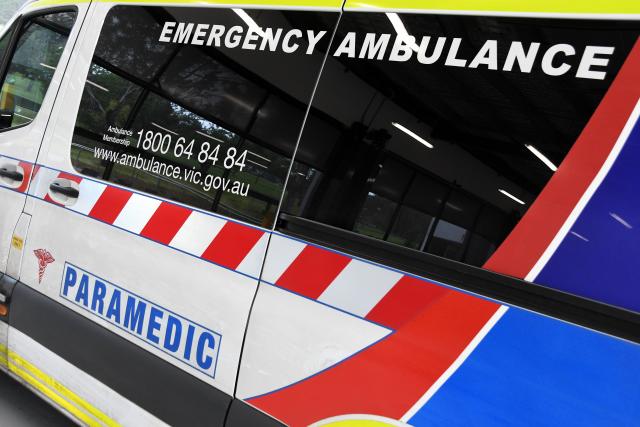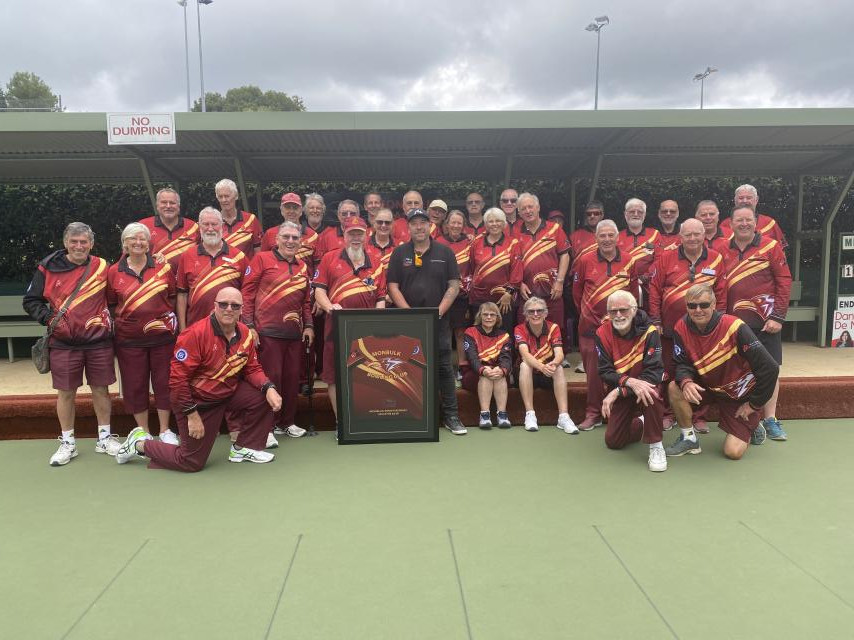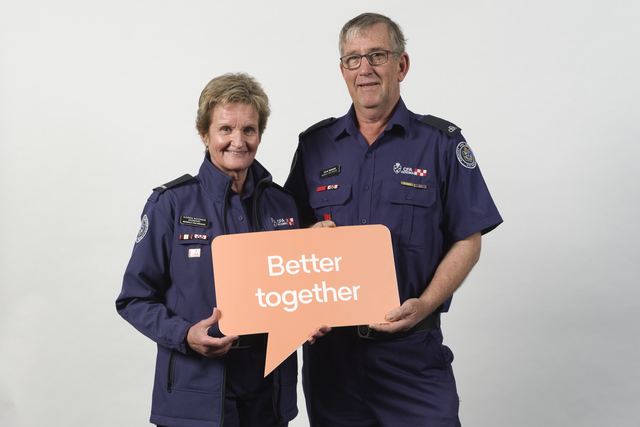Victoria’s mobile ambulance service could be overhauled following the death of a regionally based paramedic and dispatch concerns.
A new operating model for Mobile Intensive Care Ambulances is under consideration, Ambulance Victoria has confirmed.
It is believed some of the single responders, who are based in regional areas such as Bendigo, Morwell, Horsham and Ballarat, could be converted into dual units.
Unlike regular paramedics, MICA staff receive further intensive training to deal with the state’s sickest patients.
Victorian Ambulance Union secretary Danny Hill said the so-called “crisis” within MICA is predominantly linked to teams being dispatched to minor cases.
“They’re sending them to the most benign non-emergencies and they’re not available to respond to the cases that they’re trained for,” he told AAP.
“It’s like sending the SWAT team to do traffic control. They want to be busy but they’re just using them as clock stoppers.
“It’s really wearing thin and that’s pushing morale to the lowest it’s ever been.”
Triple Zero Victoria, formerly known as the Emergency Services Telecommunication Authority, came under fire during the COVID-19 pandemic after 33 Victorians died as triple-zero call answering times blew out.
The call-taking system was overhauled and its workforce bolstered but Mr Hill said more reforms were needed to dispatch coding.
“People are calling up with a toothache and it’s being dispatched as a heart attack … we need to fix the call-taking system,” he said.
“Because of the way they’re being utilised and being dispatched inappropriately, it means we don’t have enough resources for that additional workload that Triple Zero Victoria and AV are creating.
“They end up using the MICA crews just to meet their KPIs (key performance indicators) and stop the clock.”
Ambulance Victoria’s response benchmark for code one cases is within 15 minutes for 85 per cent of incidents statewide and 90 per cent for centres with over 7500 people.
MICA paramedics should be reserved for the most serious priority code zero cases or when advanced life support crews call for additional support, Mr Hill said.
A senior MICA paramedic, who worked as a single responder in rural Victoria, took their own life late last year.
Mr Hill said the tragedy demonstrated all MICA paramedics need more support, especially those covering vast remote areas.
A government spokeswoman stressed it was not reducing intensive care or clinical services in rural Victoria and noted ambulance demand remains more than 30 per cent higher than pre-pandemic levels.
“Ambulance Victoria is continually looking at how we deliver care across the state to improve services for all Victorians,” she said.
“Prior to the pandemic, we worked with our paramedics to achieve the best response times on record, and we will continue to back them to ensure we return to those levels.”
Lifeline 13 11 14
beyondblue 1300 22 4636







